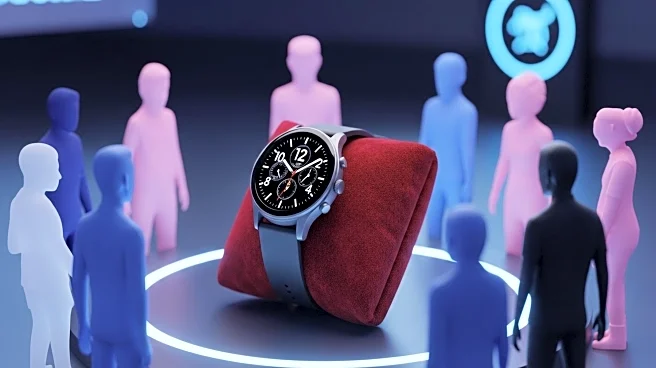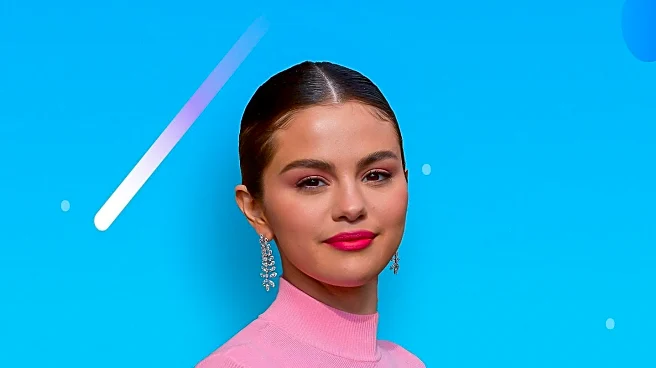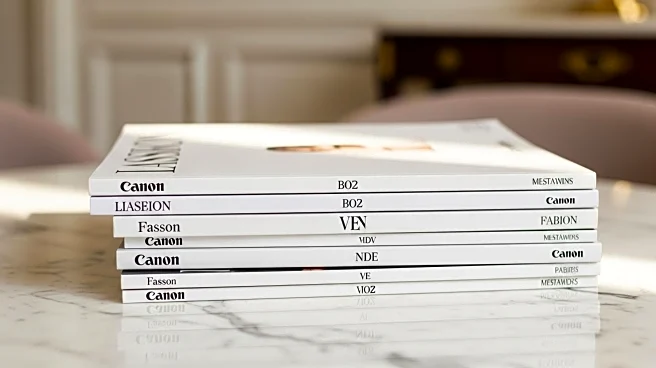What's Happening?
The luxury sector is increasingly adopting inclusivity and technology to appeal to younger consumers. Brands like Balenciaga and Miu Miu are introducing affordable ranges, while digital platforms are influencing purchasing decisions. Online touchpoints, augmented reality, and community content are becoming integral to luxury marketing strategies. The sector is blending new offerings with timeless designs, maintaining its distinctiveness while broadening its audience. This approach is not only attracting younger consumers but also engaging older demographics through personalized experiences and digital storytelling. The challenge lies in balancing global recognition with local cultural nuances.
Why It's Important?
The shift towards inclusivity and technology in the luxury sector is significant as it addresses changing consumer preferences and expands market reach. By offering affordable luxury and leveraging digital platforms, brands can cultivate long-term relationships with younger consumers who prioritize experiences over traditional goods. This strategy also helps luxury brands remain competitive in a rapidly evolving market, where digital engagement is crucial. The ability to adapt to local cultural contexts while maintaining global appeal is essential for sustaining growth and relevance in diverse markets. Brands that successfully navigate these dynamics can enhance their market position and drive future growth.
Beyond the Headlines
The luxury sector's embrace of inclusivity and technology reflects broader societal shifts towards personalization and experiential consumption. This trend highlights ethical considerations around accessibility and the democratization of luxury. The integration of technology also raises questions about privacy and data security, as brands increasingly rely on digital platforms to engage consumers. Additionally, the focus on local cultural nuances underscores the importance of cultural sensitivity and authenticity in global marketing strategies. These developments may lead to long-term shifts in consumer expectations and brand strategies, influencing the future trajectory of the luxury industry.











